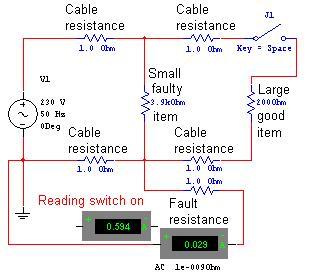Your sparky that installed it, great guy he may be, is a matter of opinion, I dont think it is great to install a new installation that does not comply with the regulations you are supposed to be working to and it is not great to provide an installation that is dangerous by design.
Can someone arrange for a poll to take place of the electricians on the forum. Something like- choose one answer from the following list
A - I go away regularly after starting an installation
B - When i'm on holiday, I answer the phone to my customers who are doing their onw electrical work that I am signing off, not to advise, simply to tell them that I am away
C - After returning from holiday I have alot of answering machine messages from my customers (as above) but it's ok, after I get back they have had help from an internet forum
D - None of the above have ever happened so far
E - None of the above have ever happened and I think the scenarios are fairy tales.


